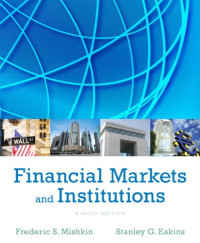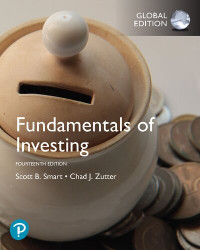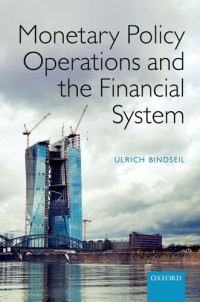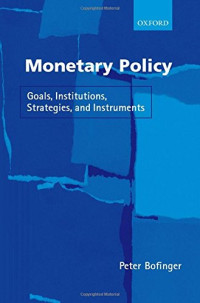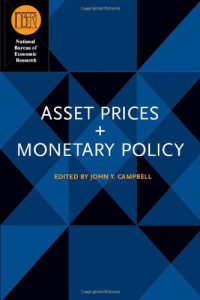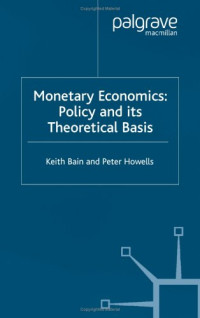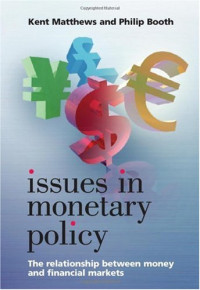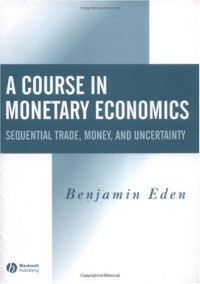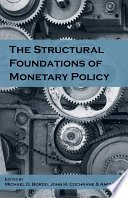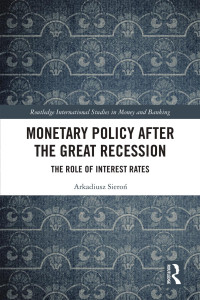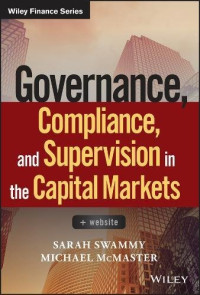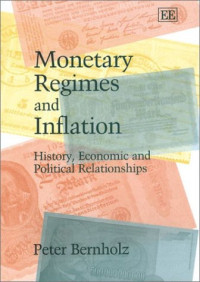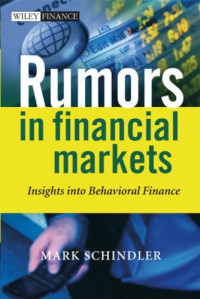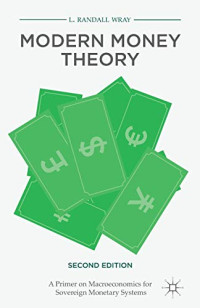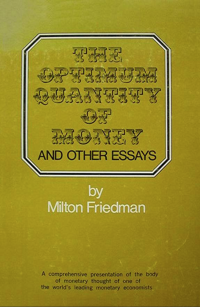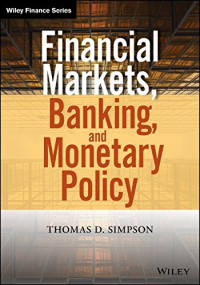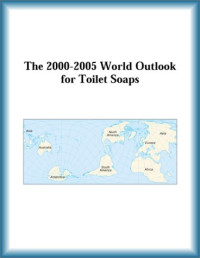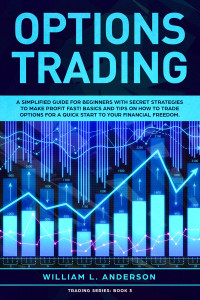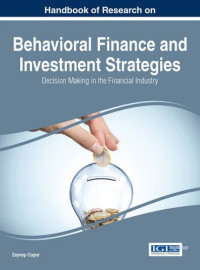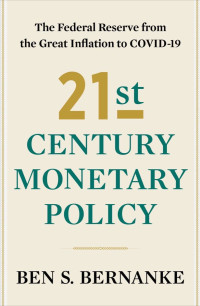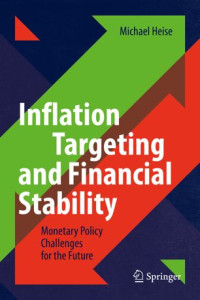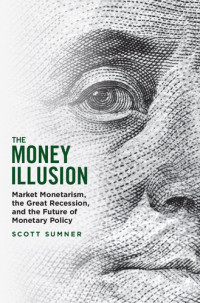
Dynamic Economic Decision Making: Strategies for Financial Risk, Capital Markets, and Monetary Policy
John E. Silvia(auth.)Financial decision-making requires one to anticipate how their decision will not only affect their business, but also the economic environment. Unfortunately, all too often, both private and public sector decision-makers view their decisions as one-off responses and fail to see their decisions within the context of an evolving decision-making framework.
In Decision-Making in a Dynamic Economic Setting, John Silvia, Chief Economist of Wells Fargo and one of the top 5 economic forecasters according to Bloomberg News and USA Today, skillfully puts this discipline in perspective.
- Details realistic, decision-making approaches and applications under a broad set of economic scenarios
- Analyzes monetary policy and addresses the impact of financial regulations
- Examines business cycles and how to identify economic trends, how to deal with uncertainty and manage risk, the building blocks of growth, and strategies for innovation
Decision-Making in a Dynamic Economic Setting details the real-world application of economic principles and financial strategy in making better business decisions.Content:
Chapter 1 Dynamic Decision Making (pages 1–22):
Chapter 2 Measuring Economic Benchmarks (pages 23–53):
Chapter 3 Cyclical and Structural Change (pages 55–80):
Chapter 4 Economic Dynamism: Growth and Overcoming the Limits of Geography (pages 81–99):
Chapter 5 Information: Competitive Edge in the Twenty?First Century (pages 101–122):
Chapter 6 Risk Modeling and Assessment (pages 123–158):
Chapter 7 Money, Interest Rates, and Financial Markets (pages 159–178):
Chapter 8 Strategy, Risk, Uncertainty, and the Role of Information (pages 179–198):
Chapter 9 Capital Markets: Financing Operations and Growth (pages 199–235):
Chapter 10 Financial Ratios: The Intersection of Economics and Finance (pages 237–270):
Chapter 11 Fiscal Policy as Agent of Change (pages 271–301):
Chapter 12 Global Capital Flows: Financing Growth, Creating Risk and Opportunity (pages 303–334):
Chapter 13 Innovation and Its Role in Economics and Decision Making (pages 335–359):
Chapter 2 Measuring Economic Benchmarks (pages 13–21):
Chapter 3 Cyclical and Structural Change (pages 23–38):
Chapter 4 Economic Dynamism (pages 39–48):
Chapter 5 Information: Competitive Edge (pages 49–57):
Chapter 6 Risk Modeling and Assessment (pages 59–69):
Chapter 7 Money, Interest Rates, and Financial Markets (pages 71–85):
Chapter 8 Strategy, Risk, Uncertainty, and the Role of Information (pages 87–98):
Chapter 9 Capital Markets (pages 99–109):
Chapter 10 Financial Ratios (pages 111–125):
Chapter 11 Fiscal Policy as Agent of Change (pages 127–138):
Chapter 12 Global Capital Flows (pages 139–147):
Chapter 13 Innovation and Its Role in Economics and Decision Making (pages 149–158):
 Amazon
Amazon  Barnes & Noble
Barnes & Noble  Bookshop.org
Bookshop.org  파일을 변환하실 수 있습니다
파일을 변환하실 수 있습니다  더 많은 검색 결과
더 많은 검색 결과 기타 혜택
기타 혜택 
